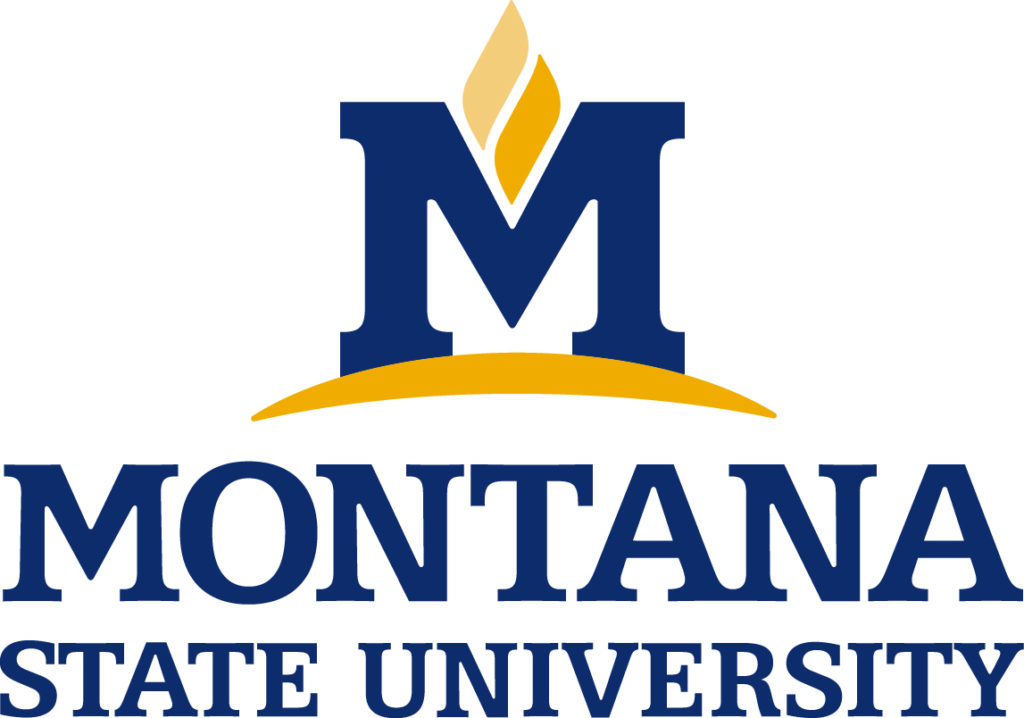Marcel Huijser’s work on Wildlife Crossing Structures featured on Conservation Corridor Website.
An article summarizing results of Marcel Huijser and team’s research on fencing around wildlife crossing structures in western Montana was recently featured on the Conservation Corridor website. “Effectiveness of fencing around wildlife crossings depends on location and length” highlights different management approaches and recommendations that would decrease wildlife-vehicle collisions and provide safe passage of large […]
WTI hosts Summer Workshop for Environmentally Sustainable Transportation in Cold Climates
The Center for Environmentally Sustainable Transportation in Cold Climates (CESTiCC) held its annual summer Workshop in Bozeman on August 12. Participants and presenters represented multiple organizations including University of Alaska – Fairbanks, Washington State University, University of Wisconsin – Platteville, University of Texas-San Antonio, University of Tennessee – Knoxville, Michigan Tech, KC Harvey Environmental, and […]
Marcel Huijser served as a panelist for the screening of Wildways
Marcel Huijser served as a panelist for the screening of Wildways: Corridors of Life held last week at Heritage Hall at Fort Missoula in Missoula. Wild Ways features the world’s top biologists who are working to save wildlife populations. By identifying and preserving habitat for these umbrella species, conservationists can protect critical ecosystems around the […]
Marcel Huijser Guides Chinese Contingent in Netherlands
WTI’s Marcel Huijser attended a conference in Lyon, France last month where he connected with Chinese Academy of Transportation Sciences (CATS) associates. The group later met up in The Netherlands where Marcel provided them with an excursion to a multifunctional wildlife overpass. Natuurbrug Zanderij Crailoo is almost a half mile long (800 meters)and includes a […]
National Working Summit tackles an “Epidemic on Wheels”
The National Center for Rural Road Safety (Safety Center), led by WTI, hosted the National Working Summit on Transportation in Rural America last week, drawing 120 enthusiastic participants from around the country. Participants worked together for three days to identify issues and strategies to reduce injuries and fatalities on rural roads and highways. Held in […]
MSU Students take Presentation Awards at I-HEEP Conference

The Highway Engineering Exchange Program (HEEP) is an international organization that promotes advances in transportation engineering through the exchange of knowledge and information technology. The 2016 International HEEP Conference was held September 11-15 in Helena, Montana. HEEP offers a student competition with cash prizes as part of its Educator Student Participation Program (ESP). Maia Grudzien, […]
Welcome to the Unpaved Roads Institute
The Road Dust Institute (RDI) has changed its name to the Unpaved Roads Institute (URi) to better reflect the increased interest general unpaved road management issues. We would like to welcome you to our new website. First conceptualized in 2008, we are continually evolving with input and support from our founding partners and the Federal Lands Highway of FHWA. Today, […]
Taylor Lonsdale to present in Safe Routes to School Webinar
WTI’s Taylor Lonsdale will be a presenter for the September Safe Routes to School (SRTS) Webinar: Safe Routes to School in Small Rural Communities: Challenges and Strategies to Accessing Funding. Taylor will be highlighting the work on pathways in Highwood, MT which will be included in an upcoming publication from the SRTS National Partnership. Date: […]
Winter Maintenance Work featured on Roads and Bridges Website
The August 29 issue of Roads and Bridges included an article written by WTI’s Anburaj Muthumani and Laura Fay on assessing the use of snowplow lighting for optimal safety. “Can you see me now?” highlights the work done by the research team for the Clear Roads Best Practices Guide for snowplow lighting. Led by WTI, […]
